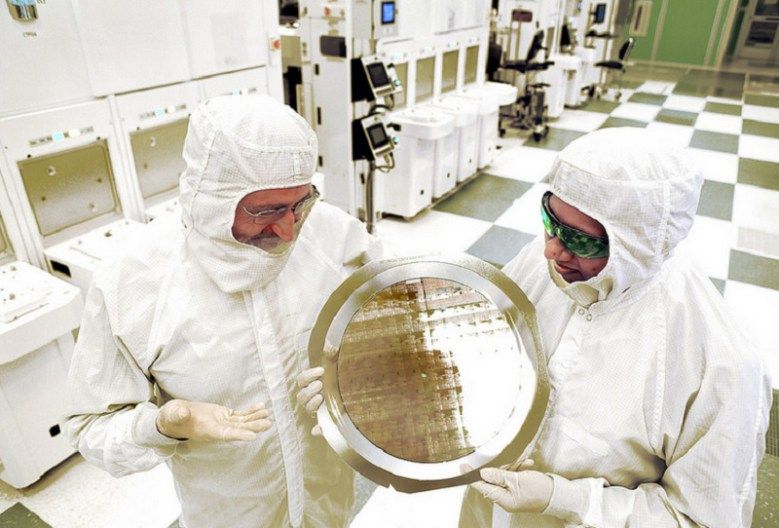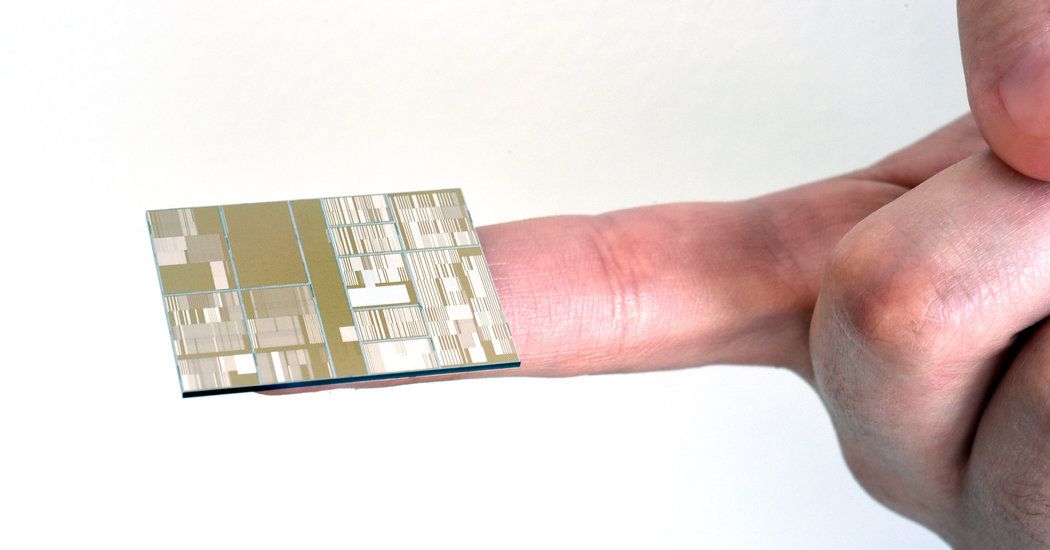Page 11739
Jul 9, 2015
A Celebration of Risk (a.k.a., Robots Take a Spill)
Posted by Dan Kummer in category: robotics/AI

DARPA is an agency that takes high risks in pursuit of great rewards. This video is a celebration of risk. Thank you to all of the teams that participated in…
Jul 9, 2015
Google Ventures and the Search for Immortality
Posted by Simon Waslander in categories: biotech/medical, life extension
Google Ventures and the Search for Immortality
Bill Maris has $425 million to invest this year, and the freedom to invest it however he wants. He’s looking for companies that will slow aging, reverse disease, and extend life.
Jul 9, 2015
After 10 breakthroughs and $3B in research, IBM announces tiny 7-nanometer chips
Posted by Simon Waslander in categories: computing, electronics
In semiconductor chip research, IBM has been racking up the breakthroughs for decades. And now it says that work is paying off with the creation of the first 7-nanometer chips.
And these chips will ensure that industry progress, summarized as Moore’s Law, will continue for at least another generation. Once the chips proliferate in the market, we’ll see faster, cheaper, and better electronics products out in the marketplace, from faster computers to smarter “Internet of things” devices, or everyday objects that are smart and connected.
Jul 9, 2015
IBM Discloses Working Version of a Much Higher-Capacity Chip
Posted by Sean Brazell in categories: computing, electronics
A consortium of which the company is a part has made working versions of ultradense seven-nanometer chips, capable of holding much more information than existing chips.
Jul 9, 2015
10 Futuristic Weapons That Will Change Modern Warfare
Posted by Sean Brazell in categories: cyborgs, futurism, military
Invisibility cloaks, cyborg insects, laser beam weapons…you name it, it’s probably secretly being development as you read this right now. Advances in modern weaponry have leapt straight out of science fiction films and into military reality. The US Military budget for 2016 is $786.6 billion. With that kind of spending, it’s not surprising that there have been some insane recent advancements. Here is a list of the 10 most futuristic weapons that will change modern warfare for ever.
Jul 9, 2015
Urban growth: Solitair tree nursery | Monocle
Posted by Odette Bohr Dienel in categories: architecture, environmental, habitats
Cities are often seen as the flipside of nature: synthetic, sleek and sometimes impersonal. For places that pine after being greener, the Solitair tree nursery provides a blueprint.
Jul 9, 2015
Molecules Have Been Built Using a Laser Beam for the First Time
Posted by Shailesh Prasad in categories: chemistry, futurism
It’s official: Star Trek-style replicators are on the way. Well, sort of. Assembly lines for specific molecules could be a thing of the future, thanks to a recent breakthrough in atomic bonding published in the journal Physical Review Letters. A team of scientists has found a way of using laser beams to control the path of chemical processes, possibly ushering in a new age of photochemistry.
Jul 9, 2015
Machine ethics: The robot’s dilemma — Boer Deng | Nature
Posted by Seb in categories: ethics, robotics/AI

“Advocates argue that the rule-based approach has one major virtue: it is always clear why the machine makes the choice that it does, because its designers set the rules. That is a crucial concern for the US military, for which autonomous systems are a key strategic goal. Whether machines assist soldiers or carry out potentially lethal missions, ‘the last thing you want is to send an autonomous robot on a military mission and have it work out what ethical rules it should follow in the middle of things’.”
Jul 9, 2015
IBM Announces Computer Chips More Powerful Than Any in Existence
Posted by Shailesh Prasad in categories: computing, electronics
IBM’s newest computer chips contain seven-nanometer transistors. As points of comparison, a strand of DNA is about 2.5 nanometers in diameter and a red blood cell is roughly 7,500 nanometers in diameter.













